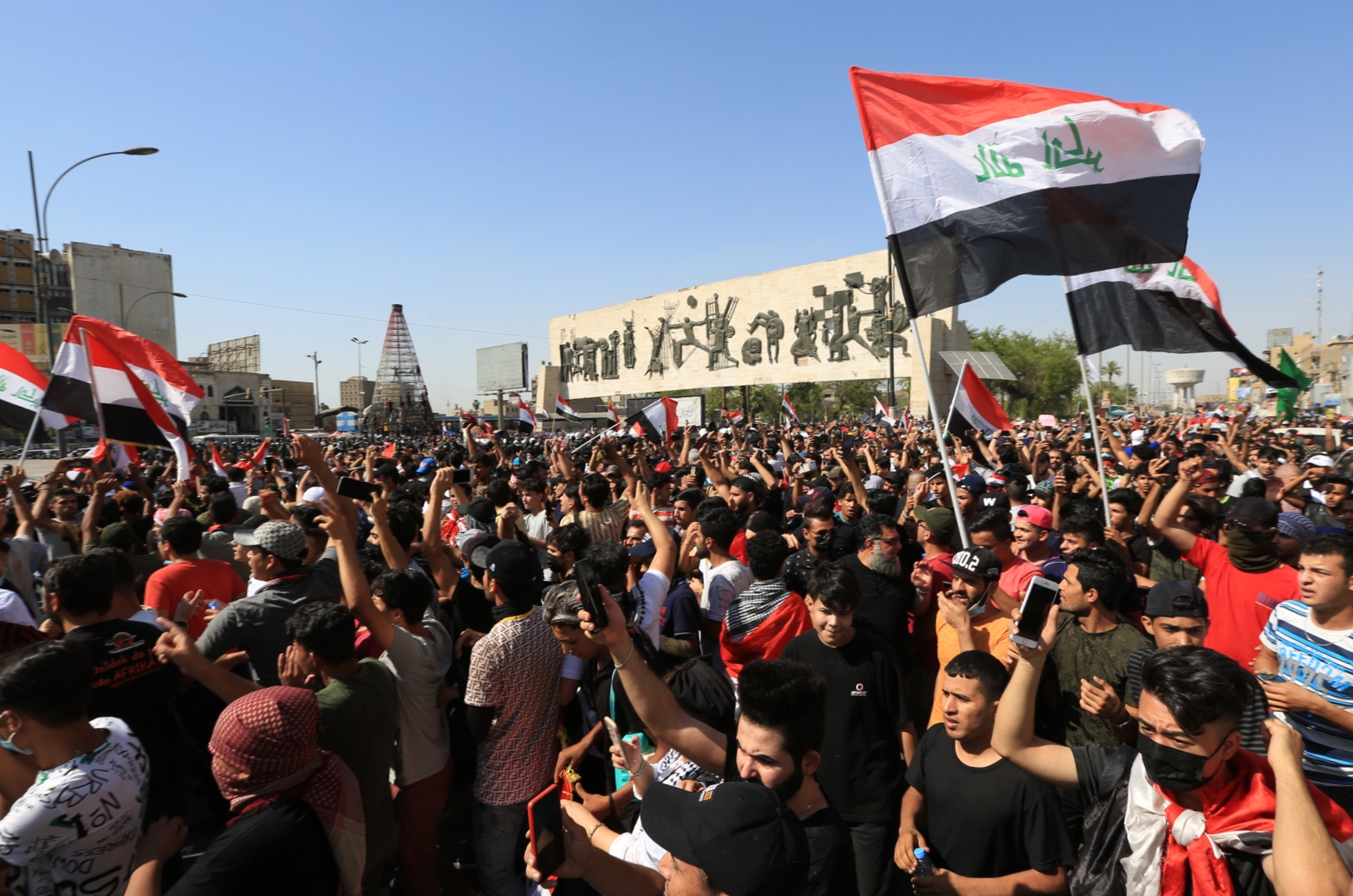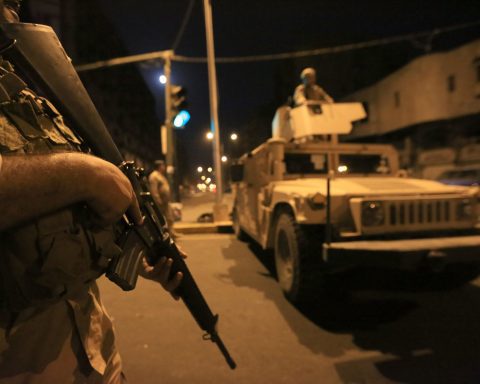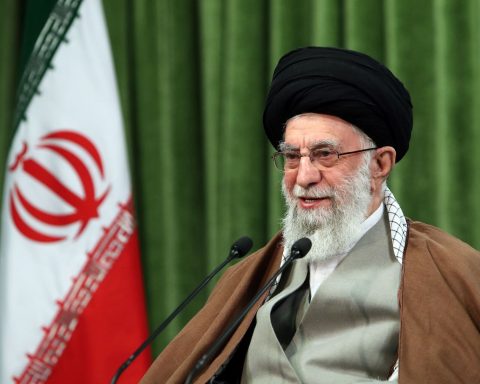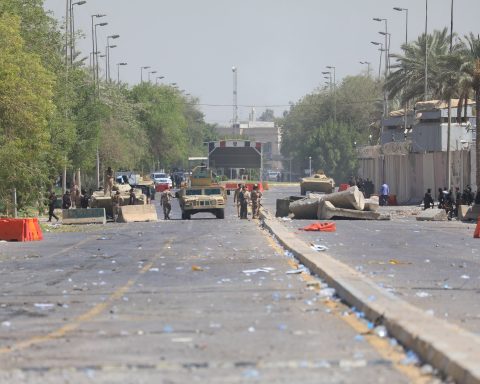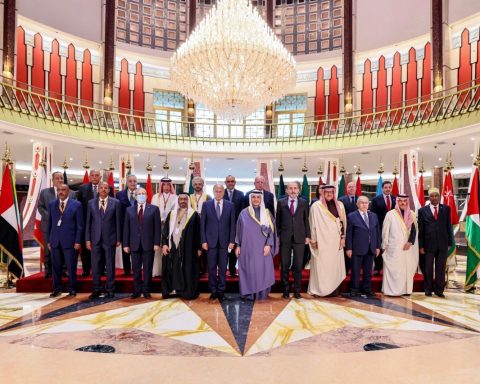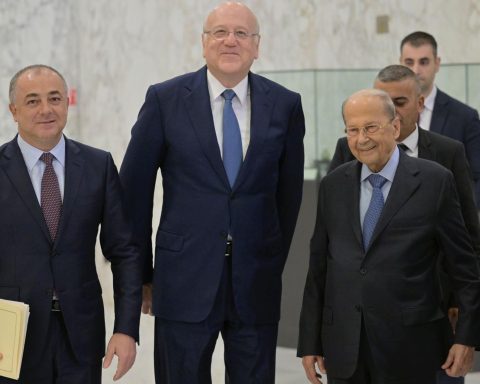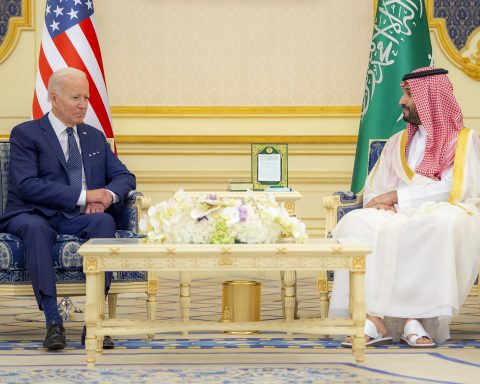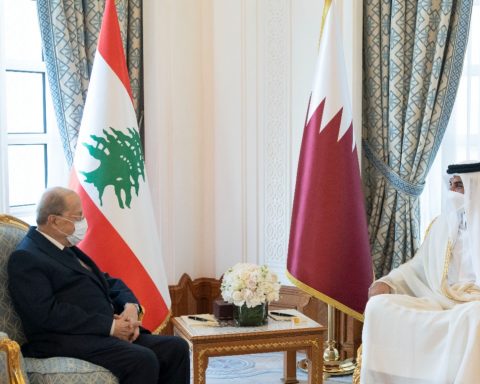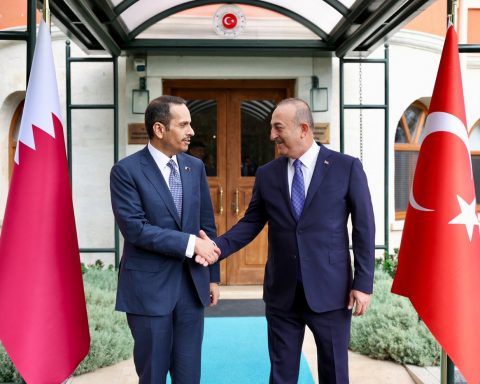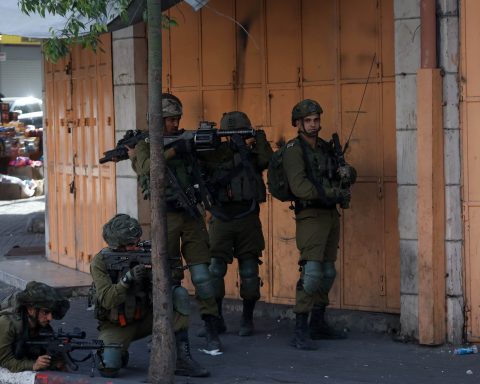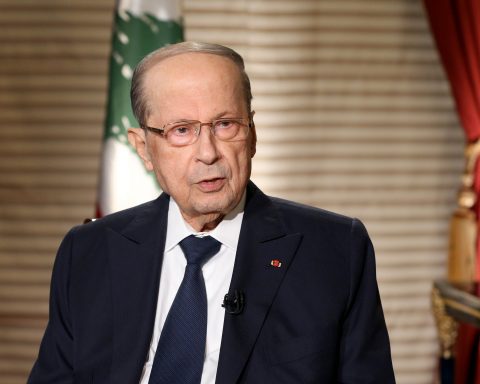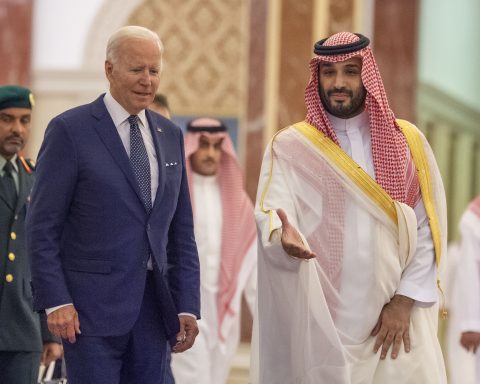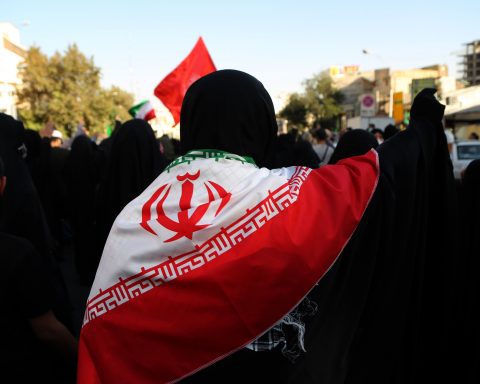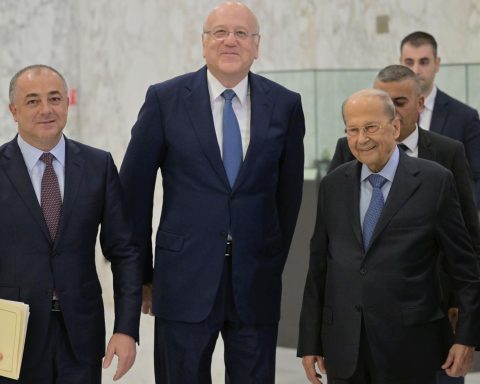The situation of the Sunni Arabs in post-2003 Iraq can be assessed through two important historical stages, the first from the US invasion and occupation in 2003 until the emergence of ISIS in June 2014, and the second from 2014 until now. Within this framework, we must discuss this issue in four overlapping dimensions: their political situation, their social conditions, their religious conditions, and their security conditions.
Sunni Arabs in Iraq from 2003-2014
From all the components of the Iraqi people, the Sunni Arabs were destined to face the greatest impact of the US invasion and occupation of Iraq. This is because the Americans and the Shiite and Kurdish forces that took power in Iraq after the US invasion and occupation considered the Sunni Arabs as part of the old political system that was toppled by the US invasion and occupation. Although Saddam Hussein’s regime did not differentiate between the sects of the Iraqi people when it was holding its opponents accountable, during the era of Saddam Hussein, opponents of Saddam’s family were executed and imprisoned. However, the assumption that the Sunni Arabs had special treatment during the era of Saddam Hussein’s regime was dominating the thinking of the Americans and the newcomers to power in Iraq, from the Shiites and the Kurds, especially during the first years of the US invasion and occupation of Iraq.
In the early years of the US occupation, another challenge was added to the Sunni Arabs in Iraq, which was the spread of “jihadist” Sunni armed groups in their regions, which were a mixture of Arab mujahideen from different Arab countries and Iraqi Sunnis who believed in the Salafi jihadist ideology. They found a historic opportunity in the resistance to the US occupation of Iraq to “jihad for the sake of Allah.” The circumstances of the spread of these jihadist factions in the Sunni Arab regions of Iraq, how they can obtain financial and logistical support, and how easy they can move and move in those areas, still have a lot of historical and security ambiguity. There are many studies and articles that talk about the existence of intelligence links to these jihadist factions and that many regional and international bodies have supported the Sunni jihadist factions in Iraq in order to disrupt the US project in Iraq. Recently, there have been reports that Iranian support exists for these jihadist factions.
There is a geographical factor that contributed to the exacerbation of the problems of the Sunni Arabs during the US occupation, which is that most areas of the Sunni Arabs in Iraq have borders with Syria, and it is known that the Syrian borders became the main crossing for extremist groups and foreign fighters to penetrate Iraqi lands. Iran was coordinating plans to thwart the US project in Iraq with its ally Syria.
At the time, when the US occupation canceled the previous security and military institutions and some private government institutions in Iraq, suddenly tens of thousands of Sunni Arabs became unemployed and without a financial resource, and the agricultural lands owned by the Sunni Arabs no longer brought sufficient financial returns due to the decline of the agriculture sector throughout the country after the US occupation. The Shiite and Kurdish political forces that ruled power after the US occupation worked to keep Sunni Arabs away from government jobs. The “de-Baathification” law was strictly applied to Sunni Arabs, while most Shiites and Kurds included in this law were able to obtain exemptions from it in exchange for ensuring their loyalty and support for the new political system. In addition to the political chaos and security confusion throughout Iraq during the years of the US occupation, all these previous factors led to a general feeling of anger and injustice among Sunni Arabs. This created an appropriate environment for the activities of armed organizations and groups in the Sunni Arab regions, under the rubric of resisting the US occupation and its “aides”. Not all armed groups were extremist jihadists; some of them adopted a “moderate” Islamic ideology. Some of them were close to the “Baath Party”, but the most powerful and widespread armed groups were jihadists. However, the most powerful and widespread armed groups were jihadists.
The deterioration of the security situation in the Sunni Arab regions, with the passage of the years of occupation, imposed on the Americans to work for the inclusion of representatives of the Sunni Arabs in the political process. Under US pressure, the Shiites and the Kurds accepted this American idea, but in an undeclared way. They set strict conditions for accepting Sunni participation in the political process. The most important of these is that they have always looked for weak and incompetent Sunni Arab politicians to be their partners in the political process, and that these Sunni politicians are more concerned with the interests of their parties and their personal interests than with the interests of their society. The Shiite and Kurdish political forces did not allow the arrival of any strong and honest political figure from Sunni Arabs to the political process, capable of uniting Sunni Arabs and protecting their rights. Therefore, we find that most Sunni Arab politicians throughout the period of the US occupation did not have a distinguished position to solve any of the many and exacerbating problems of their societies. The problems of the Sunni Arabs were solved by the Americans or some Shiite or Kurdish politicians who had the power to decide, more than they were solved by Sunni Arab politicians.
Under the pretext of combating extremist groups that coincided with the policies of exclusion, marginalization and suppression, and the poor performance of Sunni Arab politicians, and their corruption, the Sunni community in Iraq was subjected to a decline in all conditions, security, economic, social, and religious freedoms between 2003 and 2014.
Sunni Arabs in Iraq after 2014
The biggest challenge and the harshest conditions faced by the Sunni Arabs was when the ISIS terrorist organization emerged, which, in June 2014, took control of most of their areas. ISIS isolated Sunni Arab regions from the outside world for more than three years and the people of those areas lived under the control of ISIS in very difficult humanitarian conditions, including arbitrary executions and arrests carried out by ISIS against Sunni Arabs, airstrikes by the International Coalition and Iraqi forces, starvation, the spread of disease, and the lack of services and electricity.
After the liberation of the Sunni Arab areas from ISIS control, those areas did not witness any real reconstruction efforts for the destroyed infrastructure. Perhaps the Anbar Governorate witnessed some limited reconstruction campaigns, as half of the right-hand city of Mosul is still completely destroyed, which is inhabited by about two million people. However, most of the Sunni Arab regions have not witnessed any actual efforts to deal with the moral and psychological damage inflicted on their society; as a result of the harsh conditions and the difficulties they faced during the years of ISIS control over their areas and during the battles to liberate them. So far, no compensation or aid has been paid to the hundreds of thousands of those citizens who were destroyed. Their homes and shops during the battles, in addition to the fact that those areas after liberation did not witness reliable and rational security measures, and the people of these areas were kept away from important decisions related to their areas. All the Sunni Arab regions have witnessed since their liberation from ISIS control has been administrative and security chaos, and intense competition between Shiite armed groups to steal and smuggle wealth and resources from those areas, in collusion with the corrupt in the local administrations of those areas.
After 2014, the armed political forces backed by Iran were able to penetrate the Sunni Arabs areas and establish alliances with political and tribal forces and figures. Now, there is a new term in the Iraqi political scene called “Sunnis of Iran”.
The Sunnis of Iraq have complained since 2003 of marginalization and exclusion from the actual and influential decision-making positions in the state, and most of them believe that assigning a number of positions to personalities of their sect within the scope of the quota system (Muhassa) in force in the current political process in the country remains ineffective in their reality, given that many of these personalities have always been accused of corruption and incompetence, and in the slightest cases of working for their own benefit and for the benefit of their currents and parties.
The system of Muhassa, international and regional interventions in Iraq after 2003, the spread of weapons outside the framework of the state, and the spread of corruption are all factors that have led to the creation of a state with multiple power and decision-making centers in Iraq. The government is only one of those centers and not the most powerful. Until now, it looks like the Sunni Arabs are still outside these centers, despite their participation in the political process and obtaining an important position, which is the Speaker of the Iraqi Parliament.

